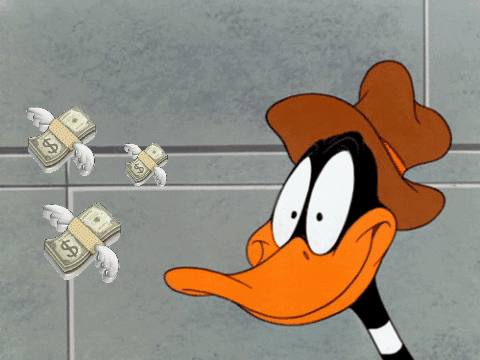Is your Stablecoin on shaky ground? (Part 1)
You know what? I know… it’s been way too long since you’ve heard from me. Life has been happening and I didn’t pause to write.
I’m back today though and I’m unashamedly here to blow the whistle after all this silence. 😬
Hey there,
Welcome to the tenth issue of 2 cents on a coin!
Today, my 2 cents are on Stablecoins, the cryptocurrencies whose entire raison d'être is to help you convert your chosen fiat money (Dollar, Euro, Naira etc) into a cryptocurrency like USDT, USDC at a ratio of 1:1. Stablecoins have become so fundamental in crypto for people looking for the on-chain equivalent of traditional money.
Stablecoins are fundamentally similar to those numbers displayed as your “balance” on your banking app - digital money that’s equivalent 1:1 to hard cash you could withdraw from an ATM or at a bank counter. Your bank gives you the service of custody and the option to transfer or convert it to other assets like Gold, etc. But your bank doesn’t actually hold 100% of all users’ deposited funds in their vault, always ready to disburse to them on request. Instead, they take a big portion of those funds and use it in investments or loans, to make some money which they use to pay that annoying teller and return profits to their investors. If you wanted to withdraw all your money at once on one rainy day, sure, you could, because a portion of users’ funds is kept in cash. But if all customers were to request a withdrawal at the same time? Whew, that’s where things get tricky - a bank run. In this scenario, your bank would turn to the Federal insurance agency (which they should be insured with) and make a claim on the depositors’ insurance fund which guarantees customers’ deposits up to a certain amount. In the EU, up to €100k, in the US, up to $250k.
But let’s back up a little bit - why would your bank use your hard-earned cash to make bets in the first place? Well…who wouldn’t? 😃 Imagine all your friends and neighbours came to drop off their cash at your place on Sesame street because it was the most secure location around. Soon you start thinking of how to make money off it - first, you play it safe by loaning the most reliable borrower of all, the government, and receive a miserly return. This is your safest bet and the surest way to earn your depositors’ trust. After all, the government always pays. But soon enough, you hear about that tech company which returned 100x to their investors 👀 …or that crypto company with a coin that went to the moon. 📈
You didn’t come to this world to “carry last” so you start to look for higher returns.
To a large extent, this was the cause of the 2008 financial crisis and the greater one of 1929. Banks were making big, risky bets with depositors’ money and when the risk of the risky investments was actualised, they started telling stories to depositors.
Tola tells Peter who tells Ron and soon everyone wants to withdraw at the same time. Hehe...and the situation escalates. A bank run is bad when all money is loaned to the government, everyone cannot receive all their money at once since they need to wait a day, a week, or 3 months for the government loan to mature - but everyone gets their money back eventually. It’s even worse when there’s no money to be gotten - when the bank has invested in a venture that has gone bust. In this situation, the bank’s last resort is to turn to the depositor’s insurance fund and make claims for the depositor’s funds. (by the way, bank insurance funds became a thing only after the financial crisis of 1929 taught us a hard lesson)
How is this all related to Stablecoins though?
Well, because, whether we like it or not, those issuers of Stablecoins - USDT, USDC, BUSD and the like, are all banks. We expect that when we come back to claim the cash equivalent of our USDT or BUSD, the crypto exchange will actually be able to pay us that equivalent in cash 1:1, no stories told.
In part 2 of this series, we’d explore the major Stablecoins today: USDT, BUSD, USDC, DAI and USDD, and the level of risk they each have taken with depositor’s funds (i.e what kind of investments/loans have they made) and whether or not some or all of those deposits are guaranteed by insurance.
If you liked this issue of 2 cents on a coin, please share it with your friends:


